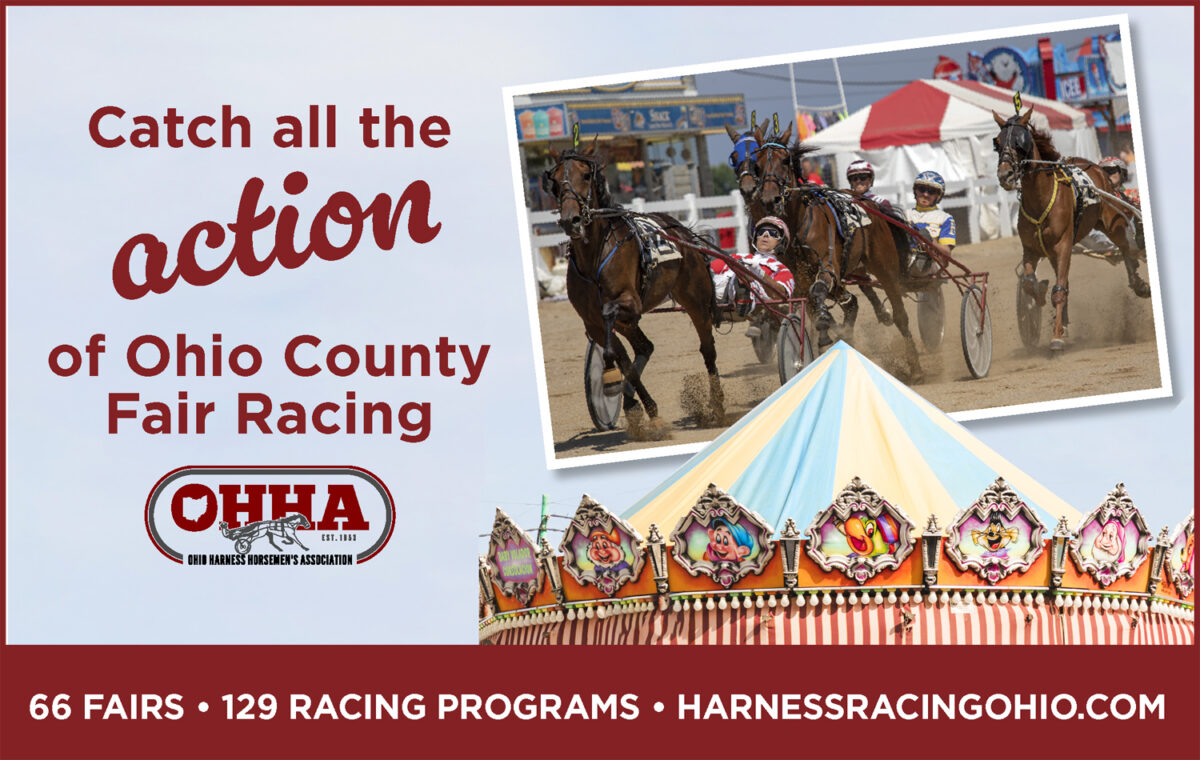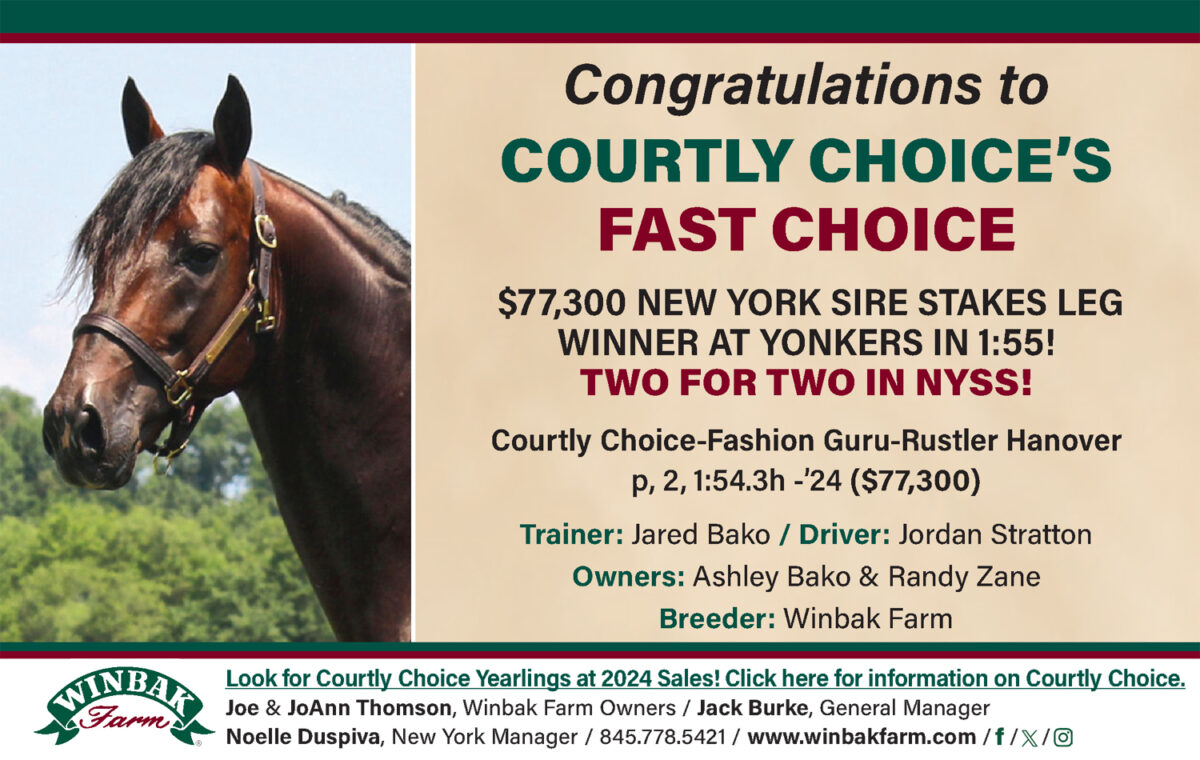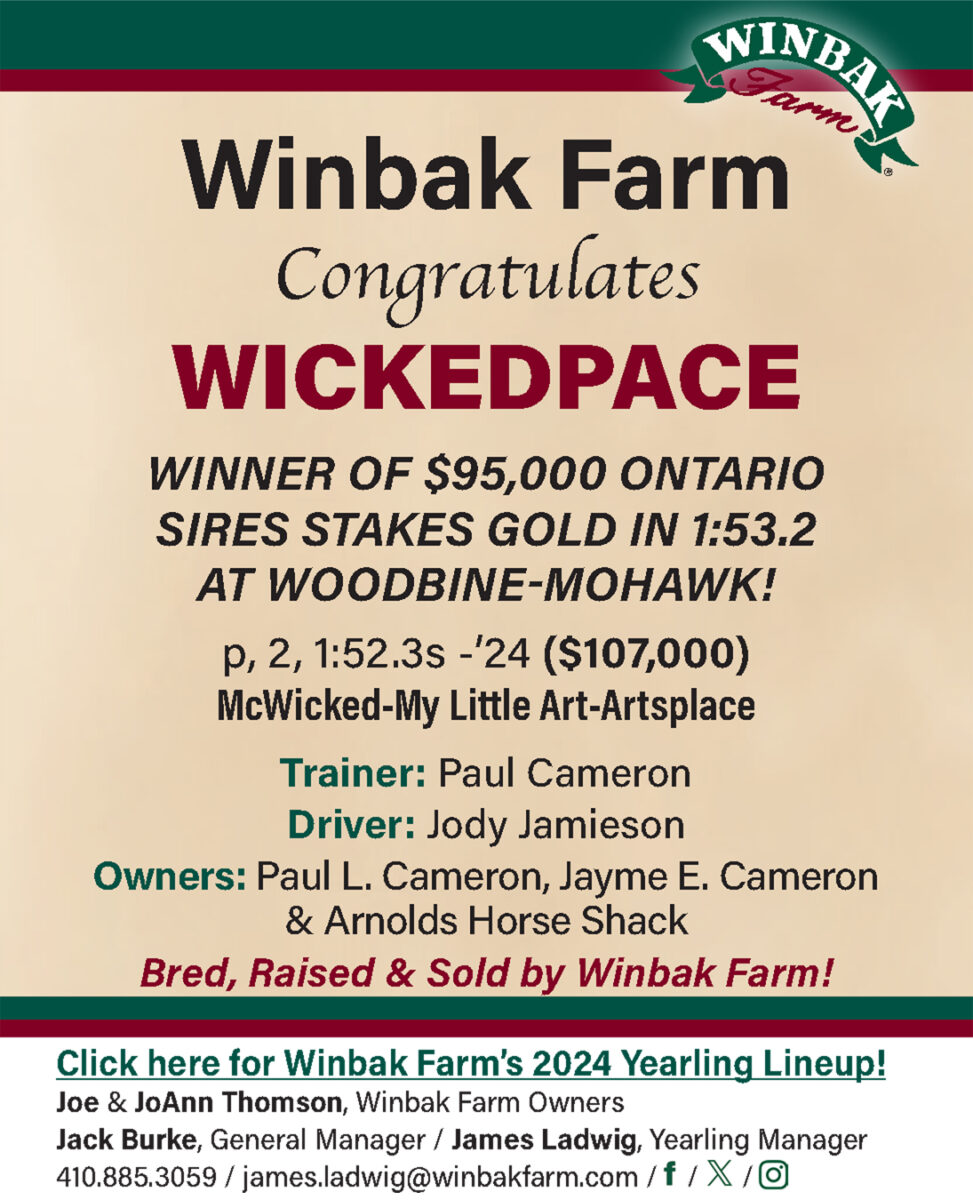

Bringing takeout impacts into the light
Comparing horse racing odds to sports betting odds really shows where the former is all-too-often a bad proposition.
by Brett Sturman
You’re likely thinking, “not another column on takeout.” But using a couple of recent races as examples to illustrate the detriment of high rates, it remains a topic that’s more relevant than ever.
In Friday’s HRU, Dean Towers wrote about some positive results from strategically lowering takeout rates. The idea is that reducing rates just a couple of percentage points has the potential to generate exponential handle.
In racing, a takeout rate of 15 per cent is considered low, and a rate of 12 per cent is considered super low. But what does a standard rate look like? For basic win, place, and show wagers, 17 per cent is the rate used at Pocono Downs in Pennsylvania (from 2021, based on a press release I found on a Google search). It is the same rate used at The Meadowlands in New Jersey where thankfully takeout rates were found easily on their website. Comparable rates are utilized across all other tracks and states.
A takeout rate of 17 per cent may not seem like much, but the impact of it can be seen in races where the wagering coalesces around two horses, and even more-so when the size of the field reduces. The first example of such can be seen from last week’s James Lynch Memorial at Pocono.
In that race of eight total horses, both Twin B Joe Fresh and Sylvia Hanover went off at odds-on prices, each at 90 cents on the dollar (0.90). In sports betting terminology, where there’s been a push of late to equate horse odds to sports odds to better help the public understand horse odds and make them more relatable, the odds on those two horses would be represented as just about minus 110 (-110).
Now, if you’re someone who bets sports and now compares that to racing, a takeout rate that equates to -110 would be the norm, if it were a match race of *only* those two horses. That’s never the case in racing, though. In the Lynch, there were still six other wagering interests and two of those weren’t out of the immediate realm of possibility to win. Other formidable horses in that race included Sweet Amira who offered odds of 15-1, as well as Charleston whose odds were 16-1.
It doesn’t exactly seem like a value proposition to have to accept under even money in a situation that at best would be an even money coin flip between Twin B Joe Fresh and Sylvia Hanover, and then on top of that, assume that no one else in the race surprises and wins. In that race, Twin B Joe Fresh did prevail, but it does happen often enough where a horse other than the two even-money horses wins.
Even more glaring instances can be seen in smaller fields. In a late April race, The New Jersey Breeders Maturity Final for 4-year-old mares at The Meadowlands consisted of just four horses. While there were four horses involved in the wagering, for this illustration, let’s dismiss the two who could have won only under an Act of God and operate as if it were only a two-horse field.
Those two horses would be Niki Hill and Treacherous Dragon. The odds offered on those horses were 1-2 on Niki Hill (0.50) and even money (1.10) on Treacherous Dragon. In sports betting odds, this would look like -200 on Niki Hill and +110 on Treacherous Dragon. Simply put, if someone logged into their sports betting app and saw those odds offered for any sports contest where, even in an extreme example, you may see -120 offered on each side, absolutely zero people would wager on it. There would be an obvious realization that the odds offered are unfair, and winning would be unsustainable outside of an isolated event.
Keep in mind, this is what takeout looks like at just 17 per cent. Now, try to imagine what it looks like as you get into 25 per cent trifectas and 60 per cent jackpot wagers.
Fortunately for racing (if you want to describe it as such), takeout rates become better hidden in larger field sizes. No one questions a favorite at odds of 3-1 in a 10-horse field the same way that you would in either of the prior examples. And whenever payouts come back seemingly shorter than expected in exotic wagers such as trifectas, there’s rarely a realization that maybe it has to do in part with a 32 per cent takeout rate.
The commonly accepted win, place and show takeout rates of today are actually the same ones that have been used for at least the past 60 years, and maybe even beyond that. The difference, though, is that back then, there was no other competition. Even today with fierce competition, it wouldn’t be as much of an issue if takeout rates were at least on par with the hold from other sports, but as we’ve seen, that’s not the case either.
Back now to paraphrasing what Towers noted: bringing takeout rates more in line to reflect a better level of general reasonableness can have a great impact. It doesn’t seem like much, but every percentage point that takeout is lowered leads to more handle.
And when you start reducing takeout rates by multiple percentage points and offer wagers within an industry low takeout range as Red Mile is doing on select wagers, now you’re getting somewhere. More importantly, you’re now suddenly competitive across all other forms of sports wagering alternatives.















